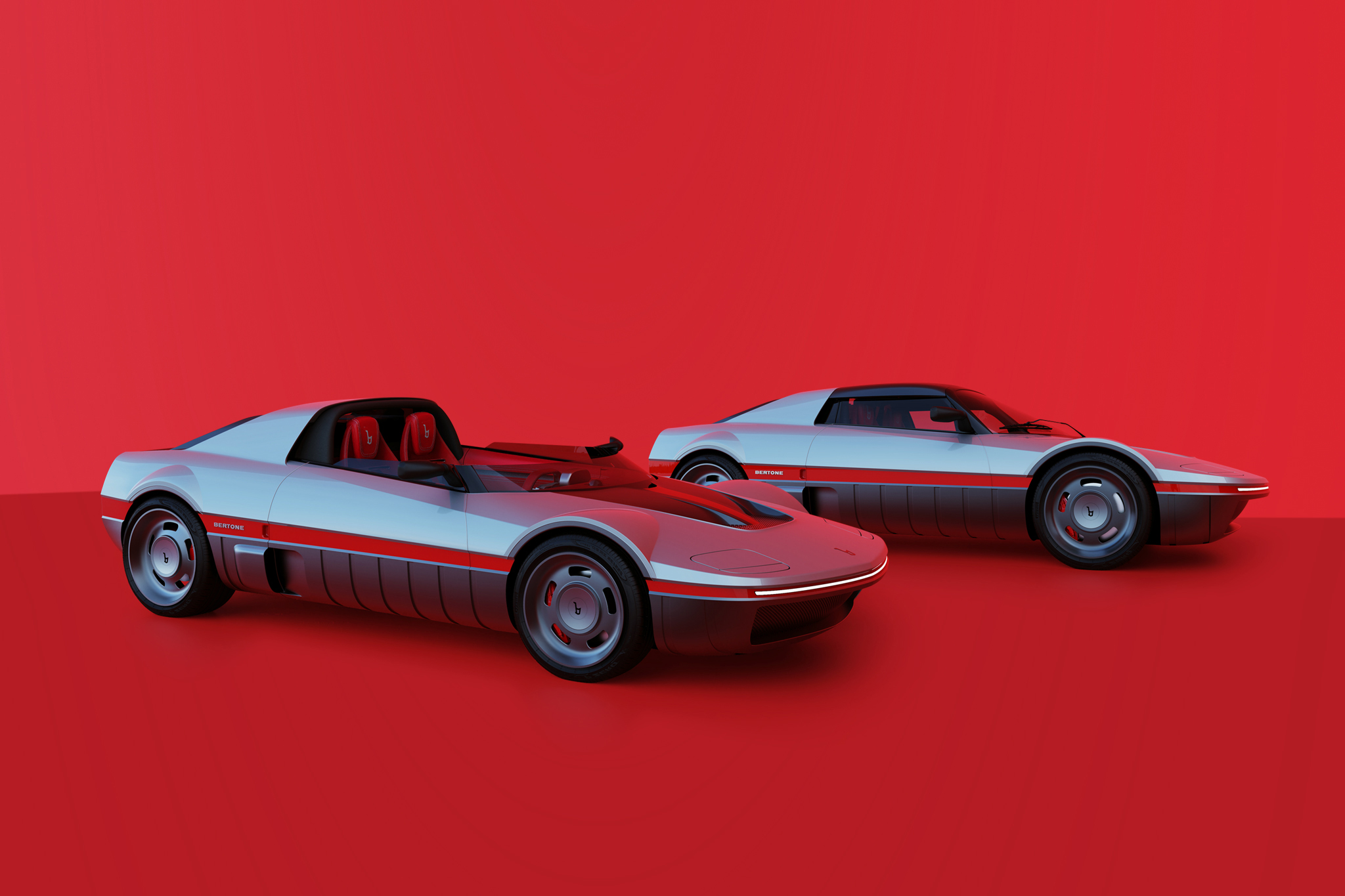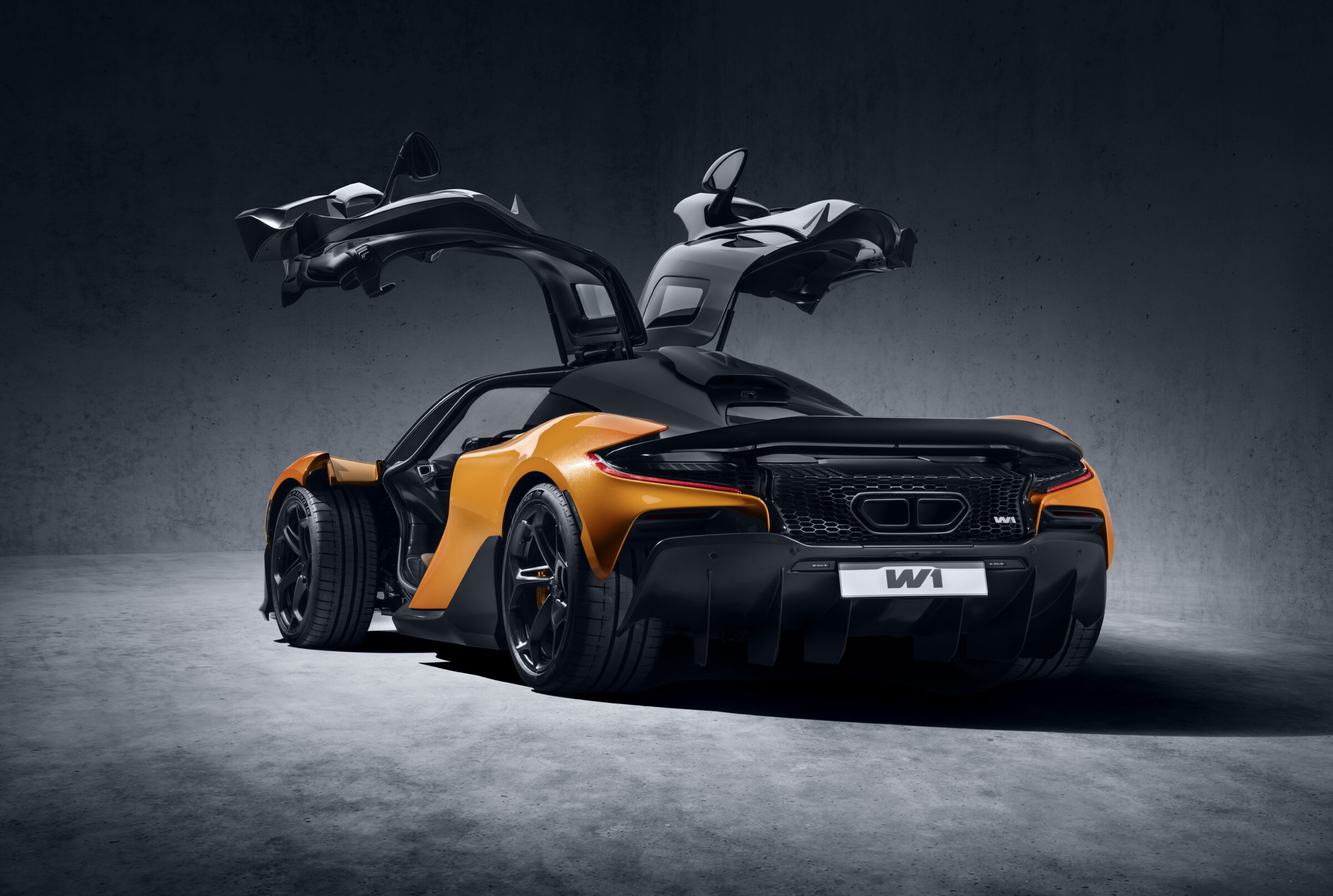60 Years of the BMW 700
From the mid-1950s, dark clouds overshadowed the future of BMW as an independent automaker. The reason for this was unusual model range, which on the one hand offered small city cars like the Isetta or 600 to people coming from motorcycles. On the other hand there were the luxurious sedans, coupes and convertibles with V8 engines (502, 503 and 507), which aimed at the top 10,000. In between there was a gap as wide as the Grand Canyon. Initially they earned good money with the microcars, but in times of the economic miracle they lacked an adequate model above. In 1957, therefore, the decision was made to commission a corresponding project and entrust an Italian design house with the design of the bodywork. They decided for a sketch of Michelotti in 1958, which then was developed into the two-door sedan, 2+2-seater Coupé and Cabriolet in-house.
Like the BMW 600 before, the 700 also received a two-cylinder boxer engine housed in the rear with a light metal crankcase and fan cooling. The displacement was increased to 700 cubic centimeters, whereby the power jumped to 22 kW/30 hp. A year later, they introduced the 700 Sport and 700 Coupé CS with 29.4 kW/40 hp. The 700 Cabriolet, which was produced at Baur in Stuttgart, was only available with this more powerful engine. From 1963, the output of the base engine increased to 23.5 kW/32 hp. Interestingly enough, sedan, Coupé and Cabriolet had the same dimensions in length and width of 3.54 by 1.48 meters. Due to the modified roof section, the Coupé is 75 millimeters lower than the sedan, while the Cabriolet is only 55 millimeters lower because of the fabric top. As a successor to the sedan, BMW from 1962 launched the 700 LS with a wheelbase extended by 16 centimeters, improved suspension and modified engine cooling. The Coupé was available with short and long wheelbase in parallel. Thanks to a weight of just 640 kilograms, the sedan reaches a topspeed of up to 120 kph (74.5 mph – Coupé: 650 kg, 125 kph/77.7 mph – Cabriolet: 685 kg, 135 kph/83.8 mph).
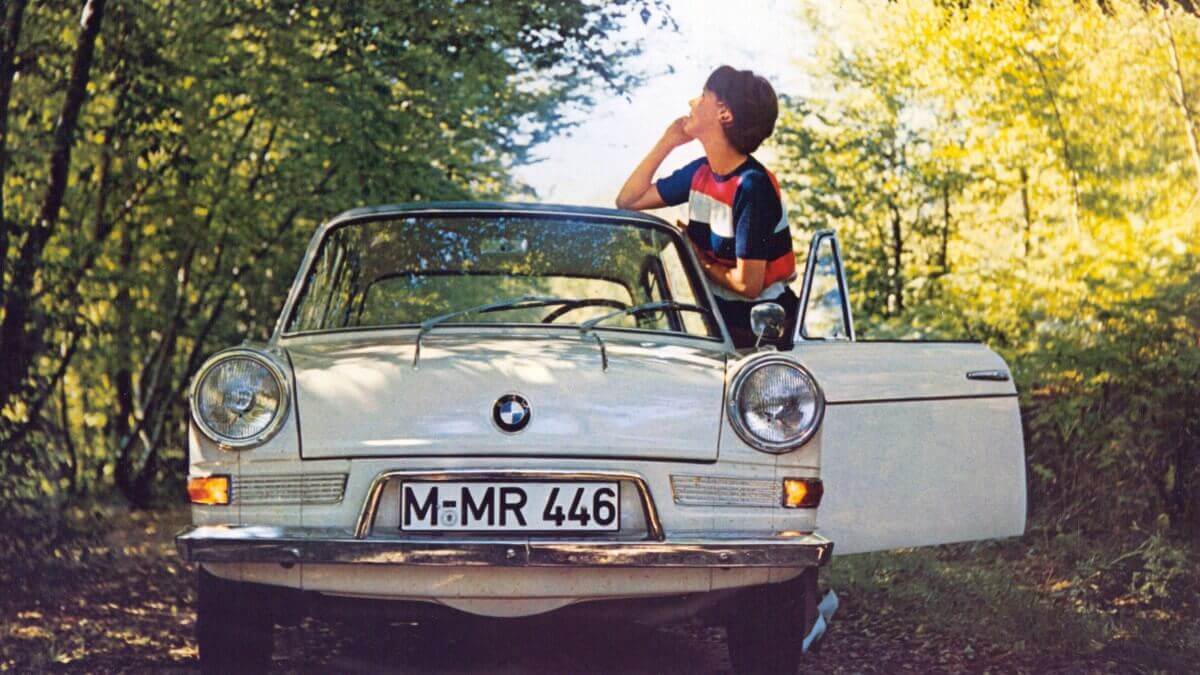

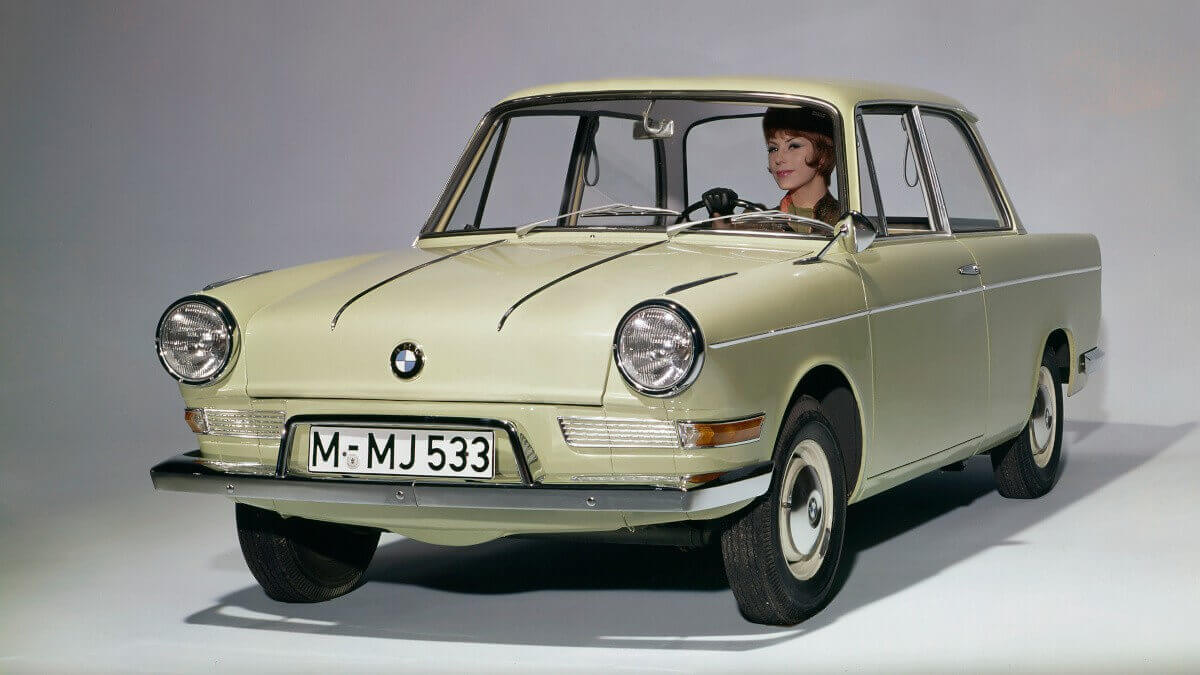

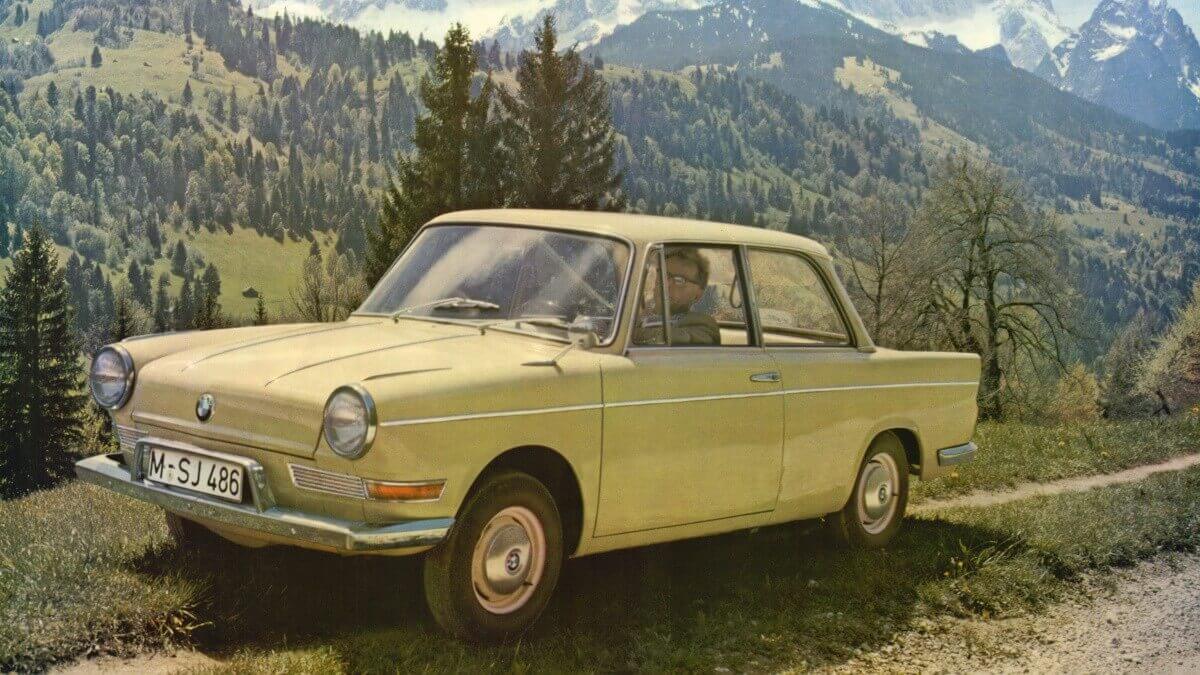

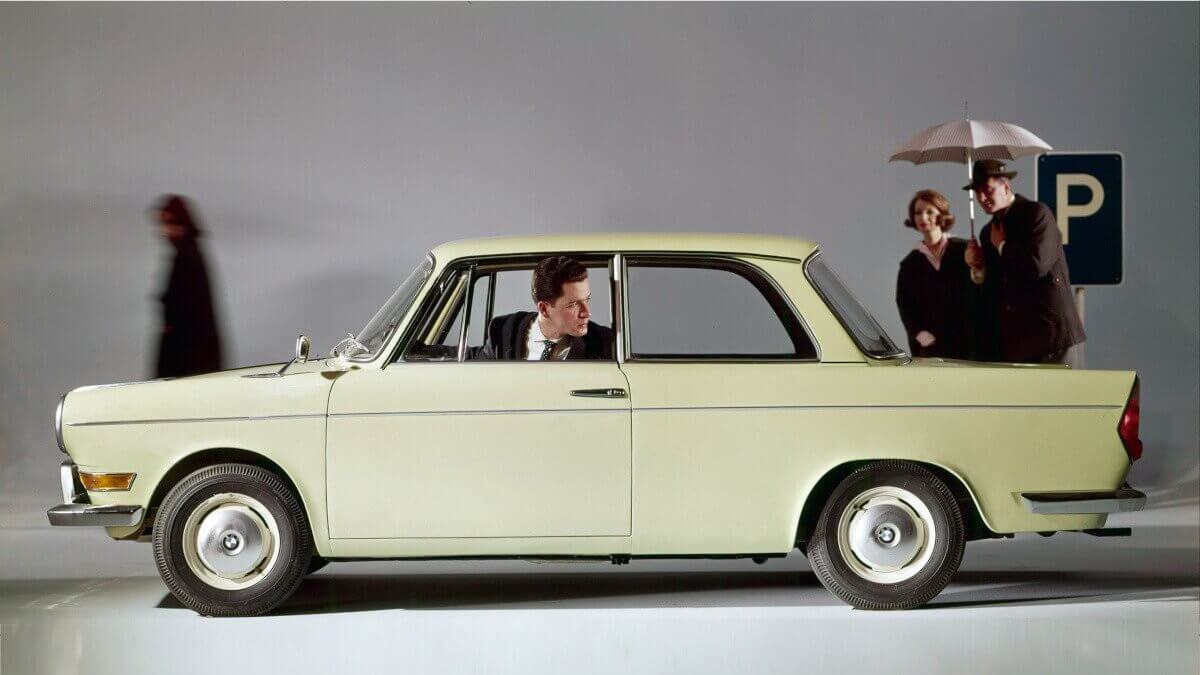

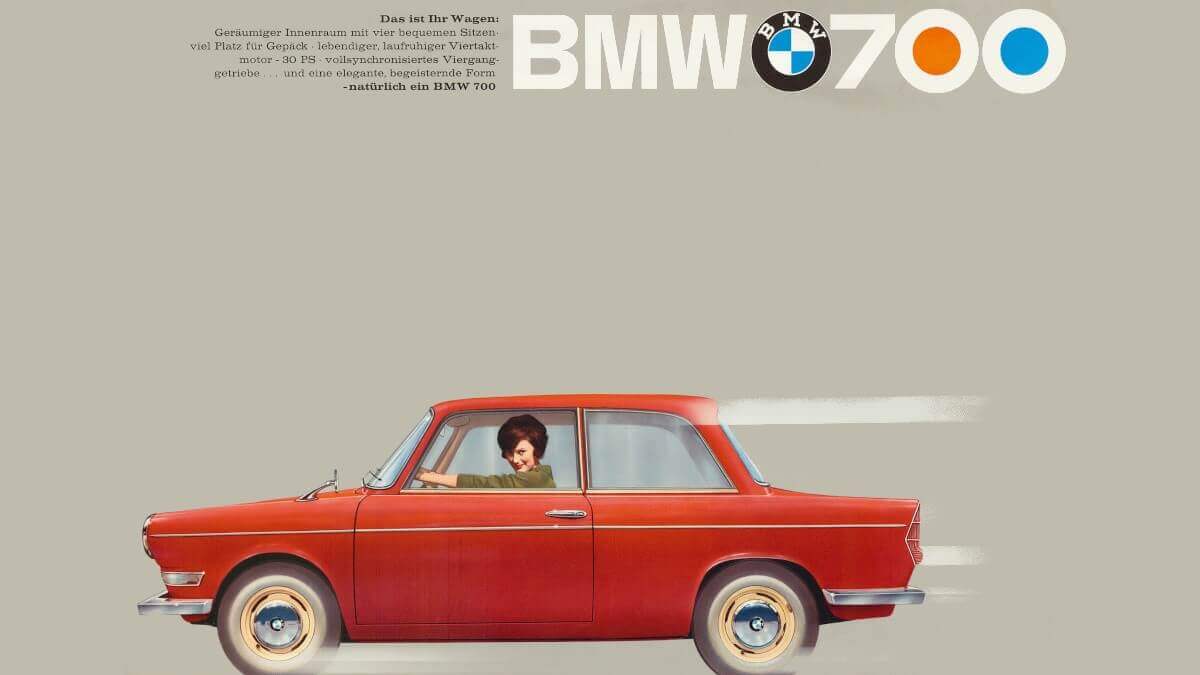

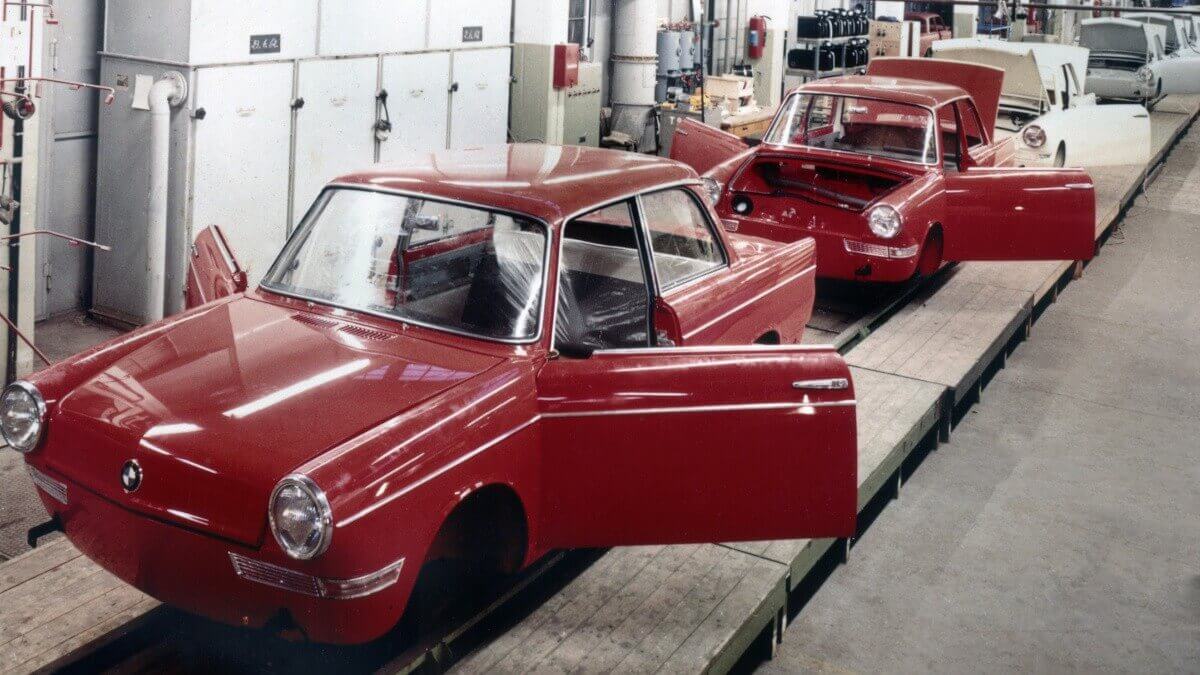

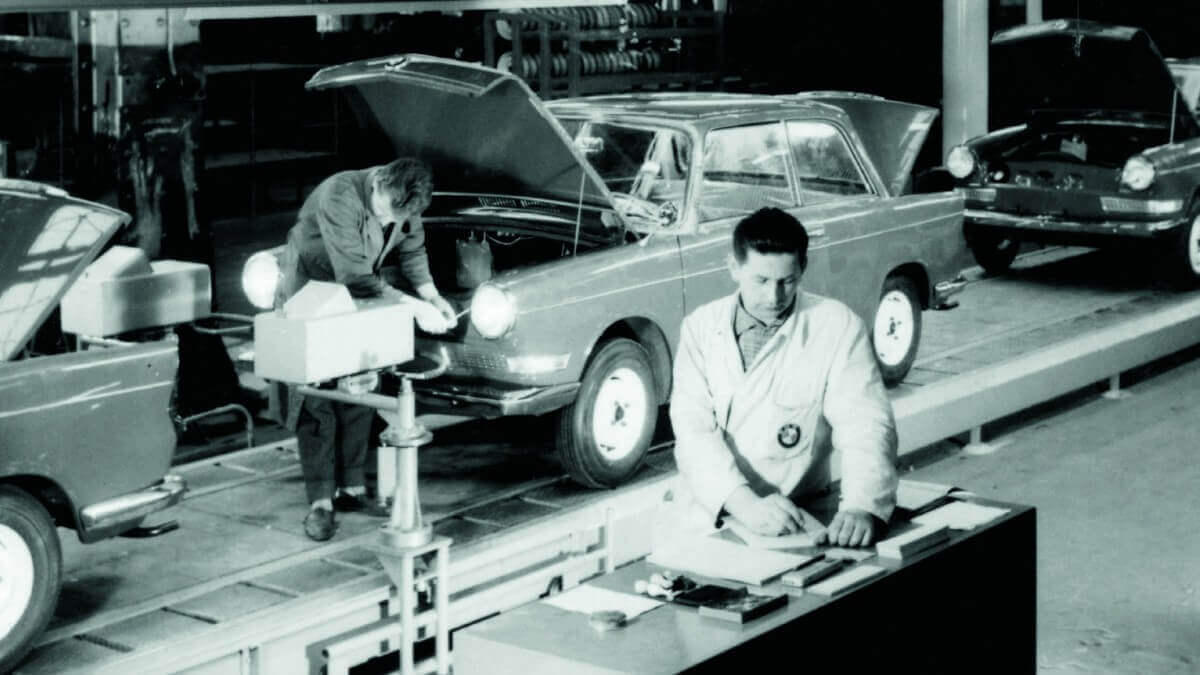

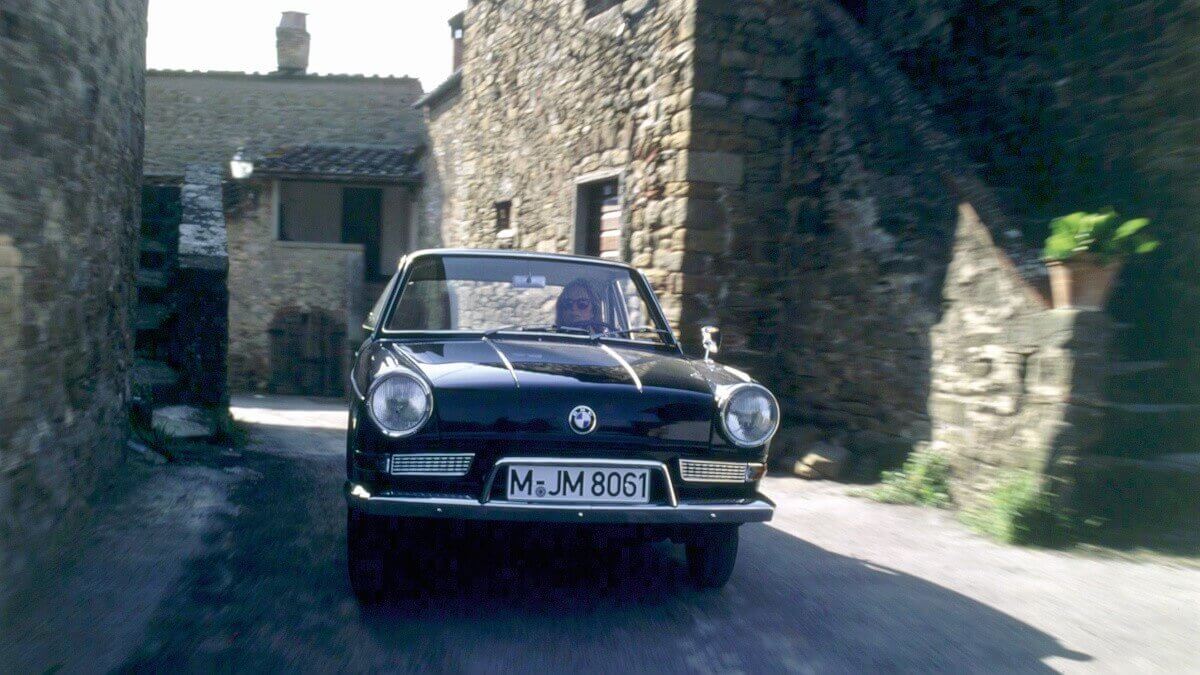

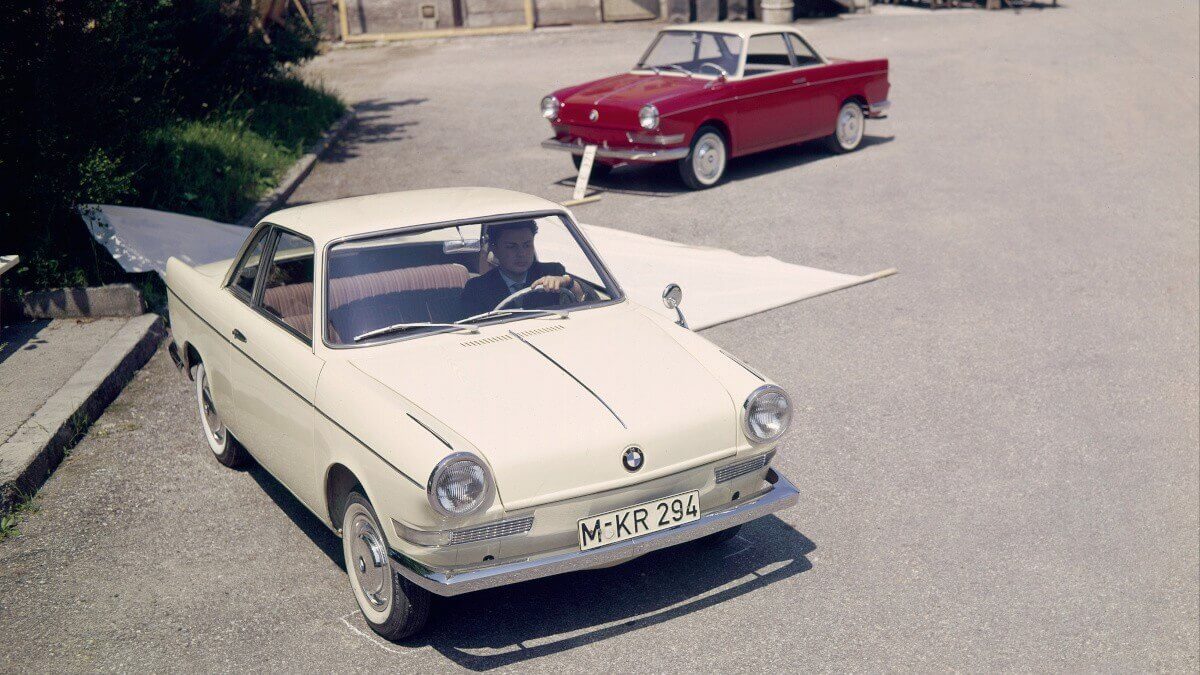

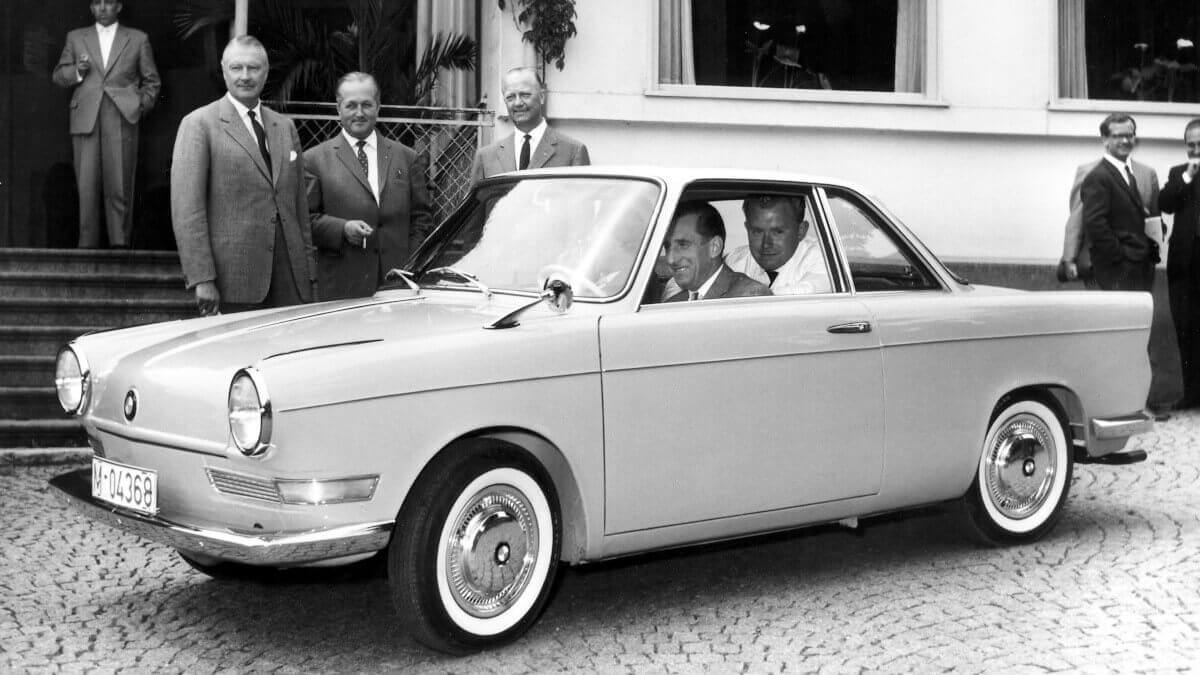

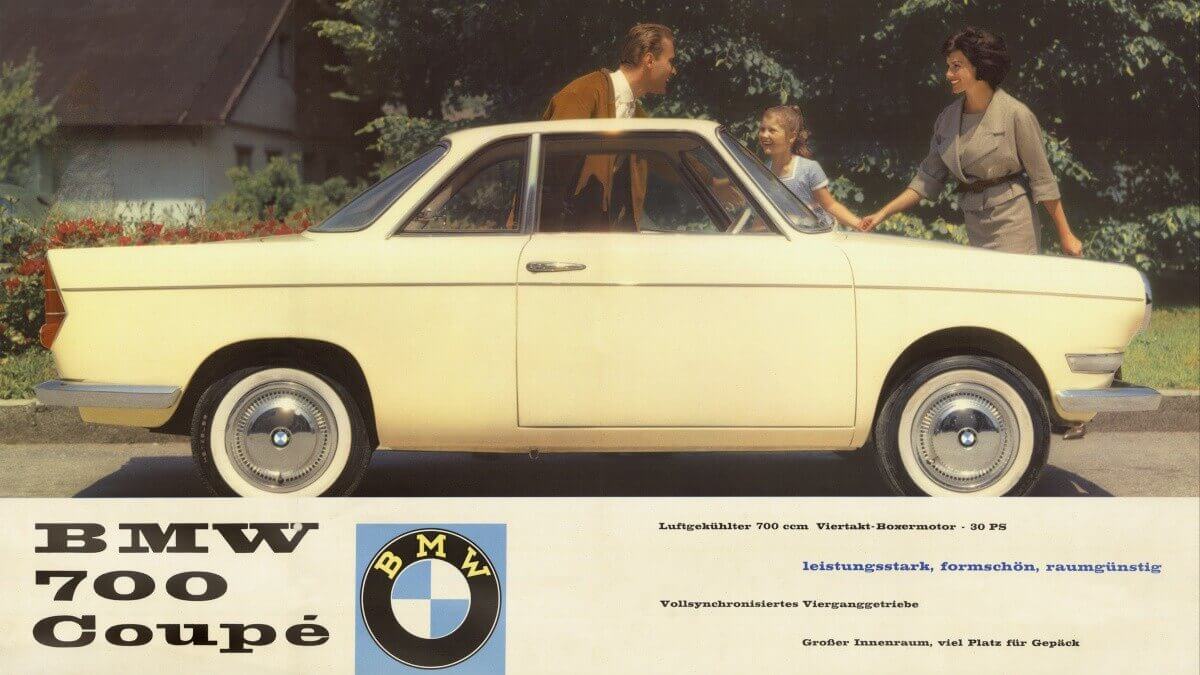

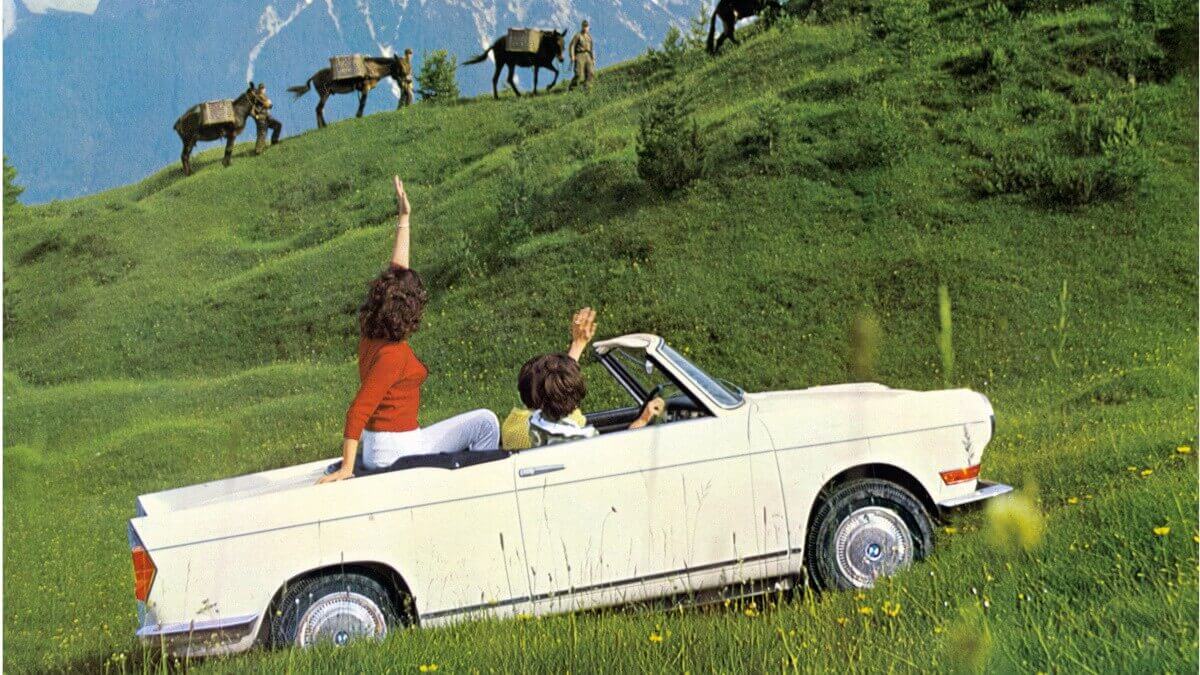

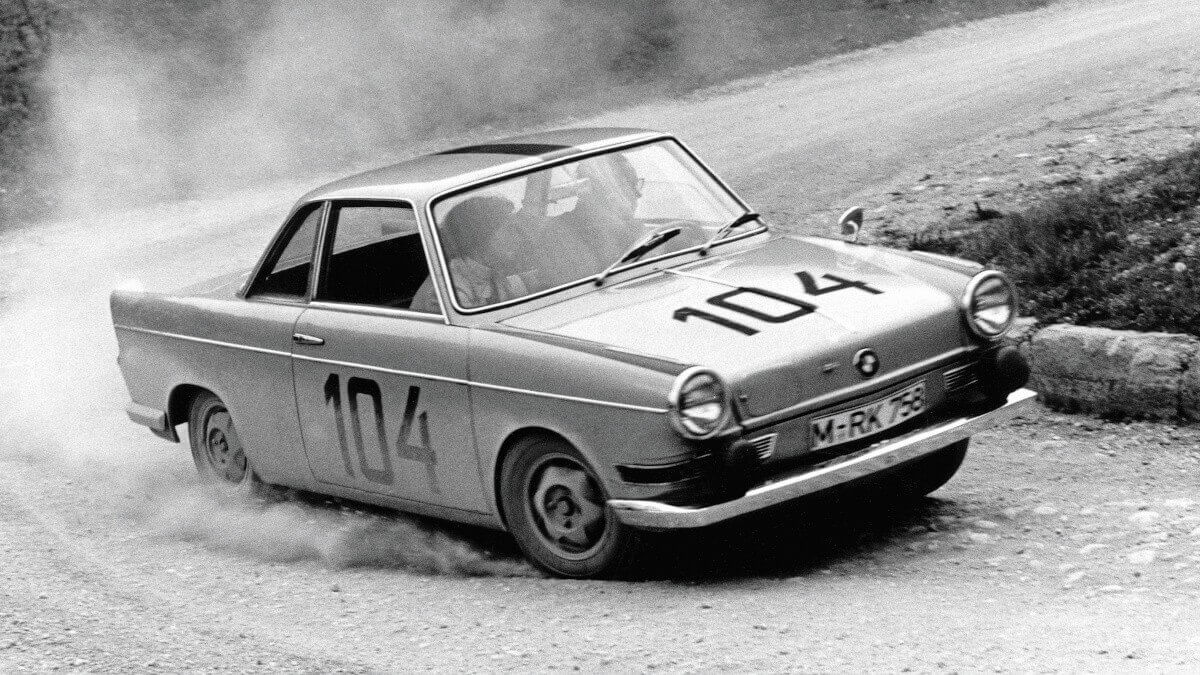

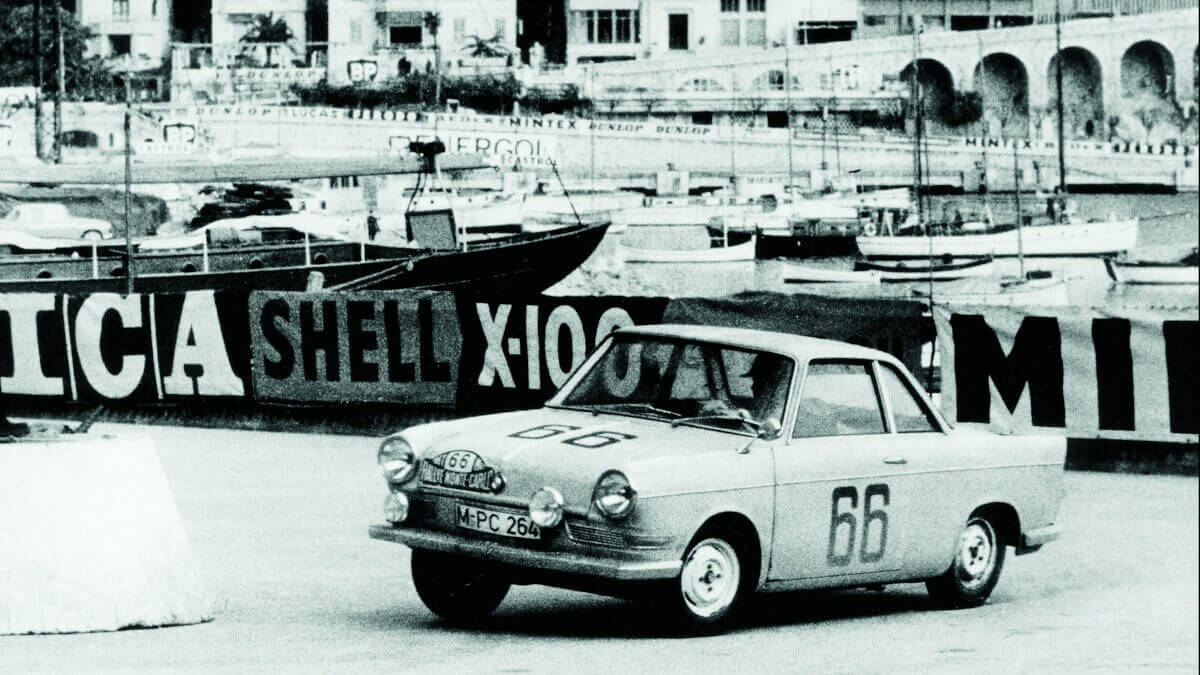

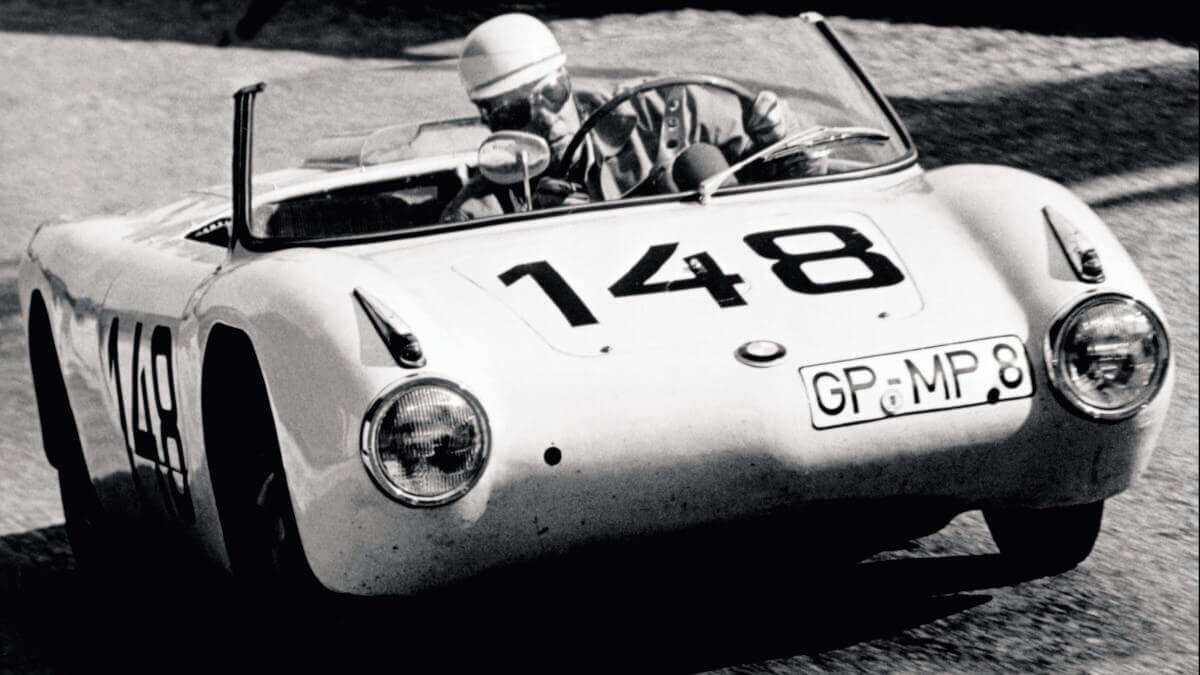

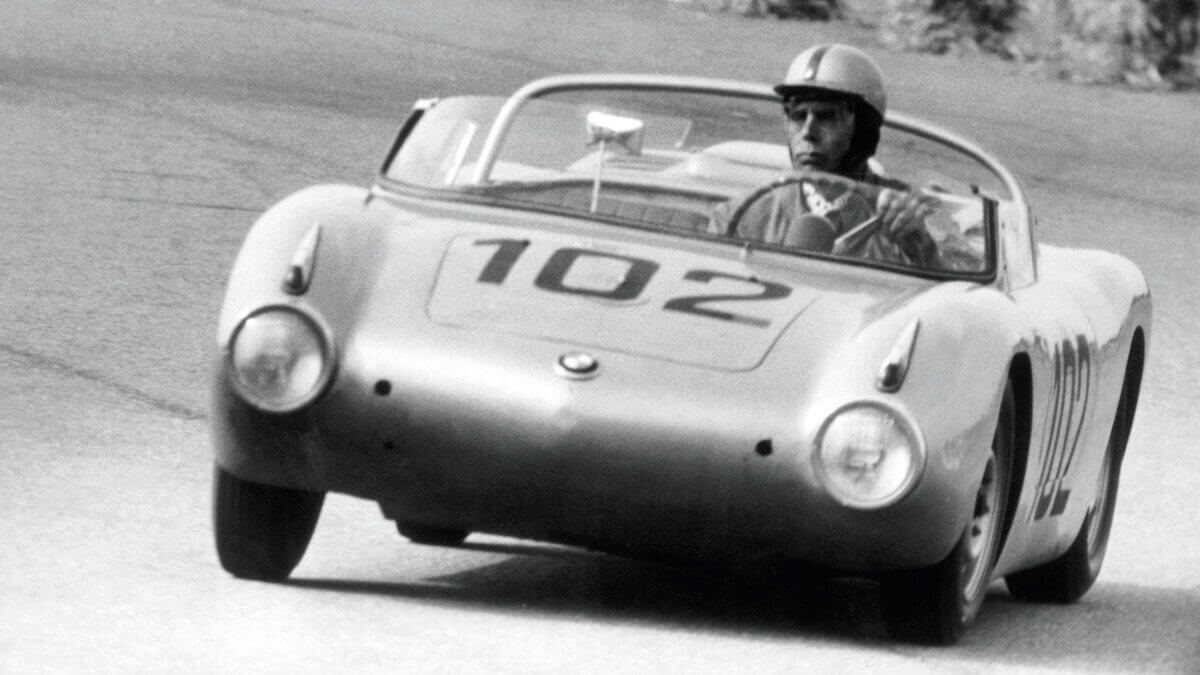

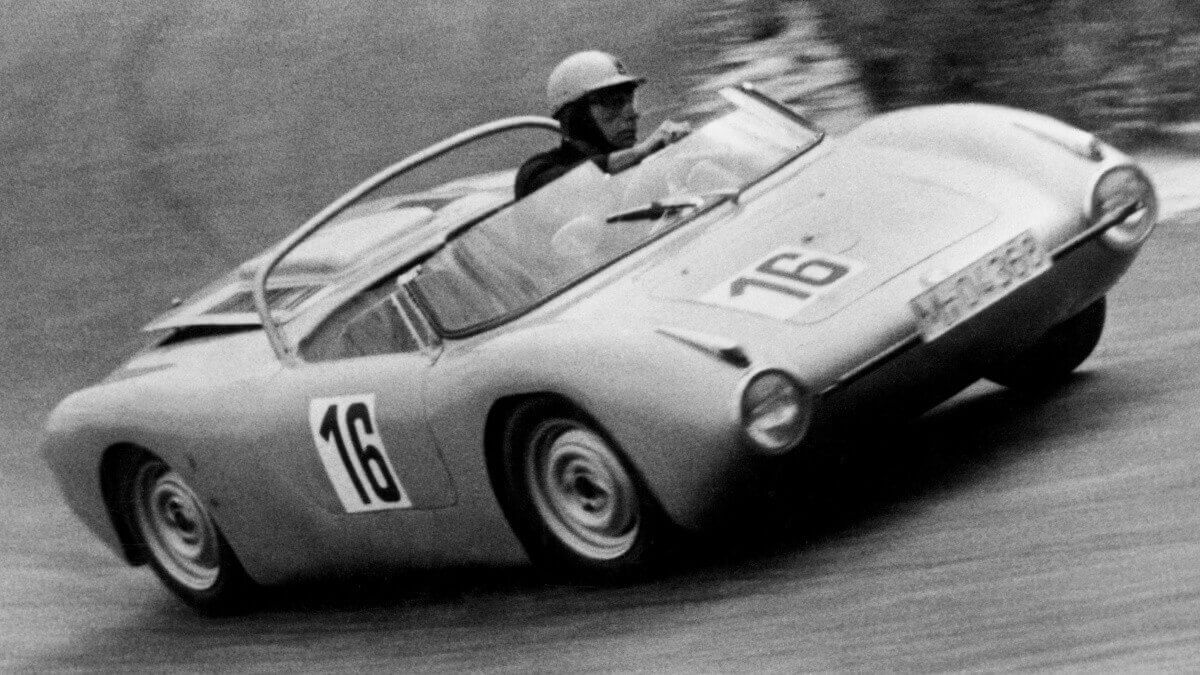

The luggage found its place under the front hood. BMW stated that two standard cases with a length of 70 centimeters plus small items would fit in the trunk. Below the cargo area sat the gas tank, in front of which the spare tire was stowed. Visually it is noticeable that BMW renounced the use of the typical kidney grille at the 700 for once. In addition, the Coupé is the last two-door BMW without the famous ‘Hofmeister kink’ at the C-pillars. Round headlights and vertical taillights created a foretaste of the BMW design of the 1960s. When the 700 arrived at the dealers in 1959, BMW stood with the back to the wall. Last finances had been invested in the development of the new compact vehicle. In fact they hit the mark and found plenty of buyers. In addition, in 1966, the Quandt family joined the company as a major shareholder, securing BMW from a hostile takeover by other companies such as Mercedes-Benz. By September 1965, 181,411 copies had left the production lines, creating financial reserves for a new middle-class model, which eventually became famous as the ‘New Class’.
Right from the start, private drivers and some factory-supported drivers started with the 700 Coupé at hillclimb events and rallies. Among them were important people like Alexander von Falkenhausen or Hans Stuck senior, who at the wheel of a 700 became hillclimb champion at the age of 60. Thanks to classic high-compression engine tuning and two Solex downdraft carburettors, power rose to 60 hp, while the removal of the interior trim reduced the curb weight to 600 kilograms. For 1961 BMW developed two open racing variants, the 700 RS, with a tubular frame, aluminium bodywork, a wheelbase shortened to two meters and a vertical-shaft engine with 70 hp. BMW used the 700 RS for many more race victories until 1964. Today, one copy is part of the BMW collection in Munich while the other one crowns the collection of a private US collector.
Images: BMW



